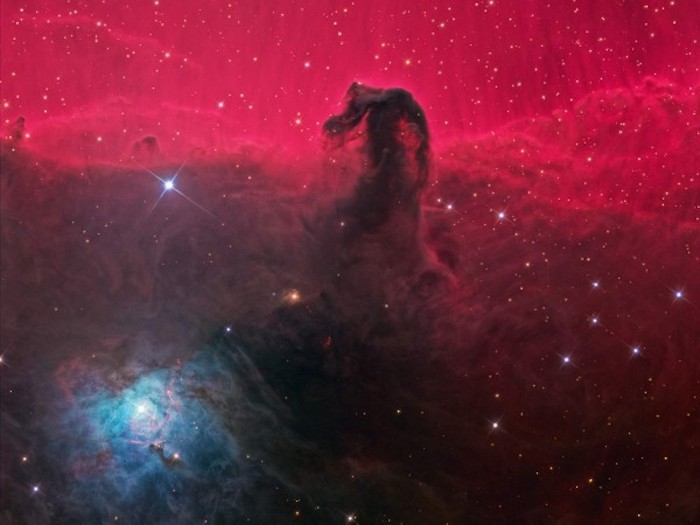.

For almost a century, astronomers have wondered why light from distant stars reaches Earth with swatches of color missing. These “diffuse interstellar bands” (DIBs for short) block radiation across ranges of wavelengths fuzzier than, and typically different from, the single-wavelength “absorption lines” caused by light-intercepting atoms and molecules in space. Astronomers have identified at least 400 of them in the visible and infrared bands of wavelengths alone. Bewilderingly, whatever is absorbing the light does it more strongly in some directions than in others. Now, astronomers may have solved the mystery. Focusing on a DIB centered on the near-infrared wavelength of 862 nanometers, the team analyzed light from almost 500,000 stars within 9800 light-years of Earth, combining the light from neighboring stars when necessary to get a bright enough signal to analyze. Mapping the data in 3D, the team found that the light-blocking strength of whatever created this DIB generally matched known concentrations of interstellar dust, they report today in Science. The dust itself doesn’t directly absorb light within this particular band, the researchers believe. Instead, they suggest, the culprits are probably free-floating complex organic molecules within and near dust clouds (such as the famed Horsehead Nebula, shown, which lies about 1500 light-years from Earth in the constellation Orion). The new findings may guide other teams studying DIBs centered about other wavelengths.
Quelle: AAAS
4153 Views

